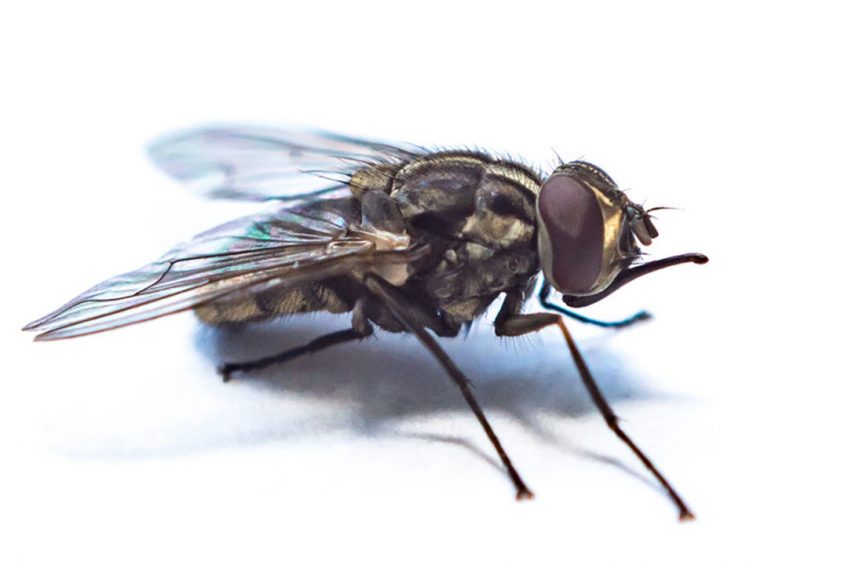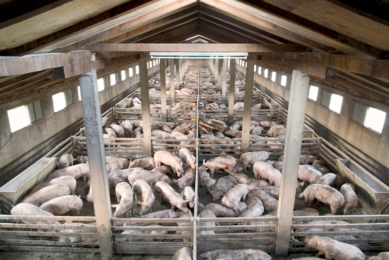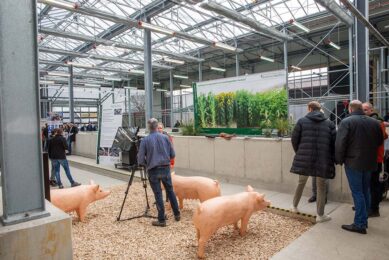Stable flies may transmit PCV2 and Mycoplasma

The stable fly (Stomoxys calcitrans) is a carrier of Porcine Circovirus 2 (PCV2) and haemotrophic Mycoplasma.
That became clear from recent research by the University of Veterinary Medicine in Vienna, Austria. The study was recently published in the peer-reviewed journal Microorganisms.
Stable fly can transmit diseases while feeding
The stable fly is abundantly found worldwide and resembles the common housefly. The biggest difference is that the stable fly has a bayonet-like proboscis for blood sucking. While feeding, these flies can transmit diseases to the host animals, including humans.
The Austrian pilot study, led by Lukas Schwarz, aimed to investigate the extent in which pigs are at risk of disease transmitted by the stable fly. The team examined stable flies from Austrian pig farms for the presence of swine pathogens such as Porcine Reproductive and Respiratory Syndrome (PRRS) virus, PCV2, haemotrophic Mycoplasma bacteria and cultivable bacterial pathogens.
69 different micro-organisms from 20 pig farms
In a university press release, Schwarz said, “In total, we found 69 different micro-organisms on the surface of tested S. calcitrans from 20 different pig farms. Escherichia coli was the most common bacterium and could be found on flies from 7 farms. Also at 7 farms, haemotrophic Mycoplasmas were detected in stable flies. PRRSv could not be found in any of the samples, but PCV2 was detected in 6 farms.” The results of the study suggest that stable flies in Austrian pig farms are carriers of several different bacterial species and may also serve as vectors for PCV2 and haemotrophic Mycoplasma.
The role of stable flies has been underestimated
Schwarz stressed that more attention should therefore be paid to stable flies and their role as a disease vector in pigs. He said, “Although we cannot evaluate the explicit role of S. calcitrans as a vector, we think that the role of stable flies in disease and pathogen transmission among pigs in Austria is underestimated.”

In 2019, the role of stable flies in the spread of ASF was also investigated
In their study, the researchers also investigated the use of stable flies as a diagnostic matrix to detect pathogens in the ingested pig blood. The team suggested to use stable flies for PCV2 and haemotrophic Mycoplasmas. Further studies would be necessary and also to clarify whether this could be an option for PRRSv as well.
The research in Microorganisms was authored by Lukas Schwarz, Andreas Strauss, Igor Loncaric, Joachim Spergser, Angelika Auer, Till Rümenapf and Andrea Ladinig, all attached to the University of Veterinary Medicine, Vienna, Austria.











